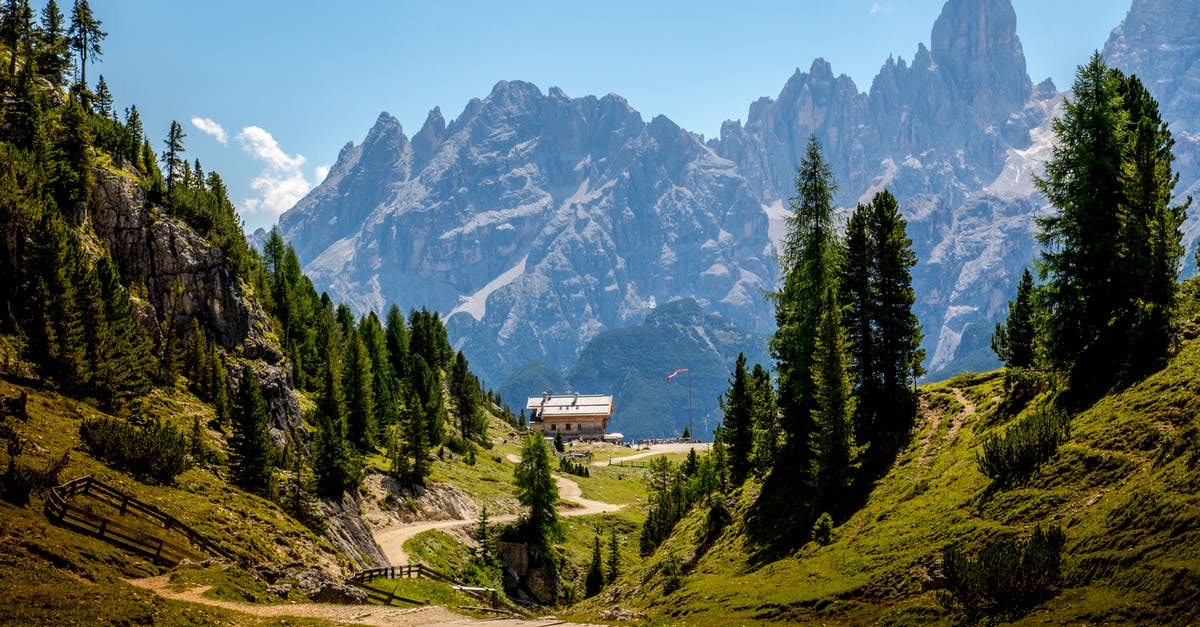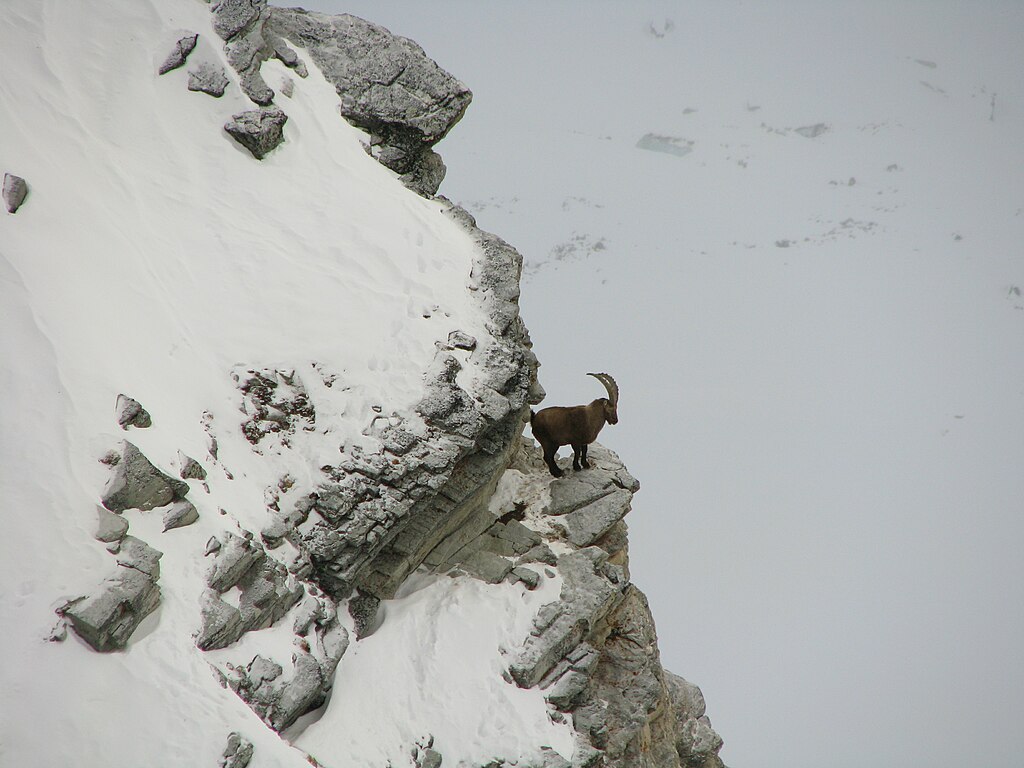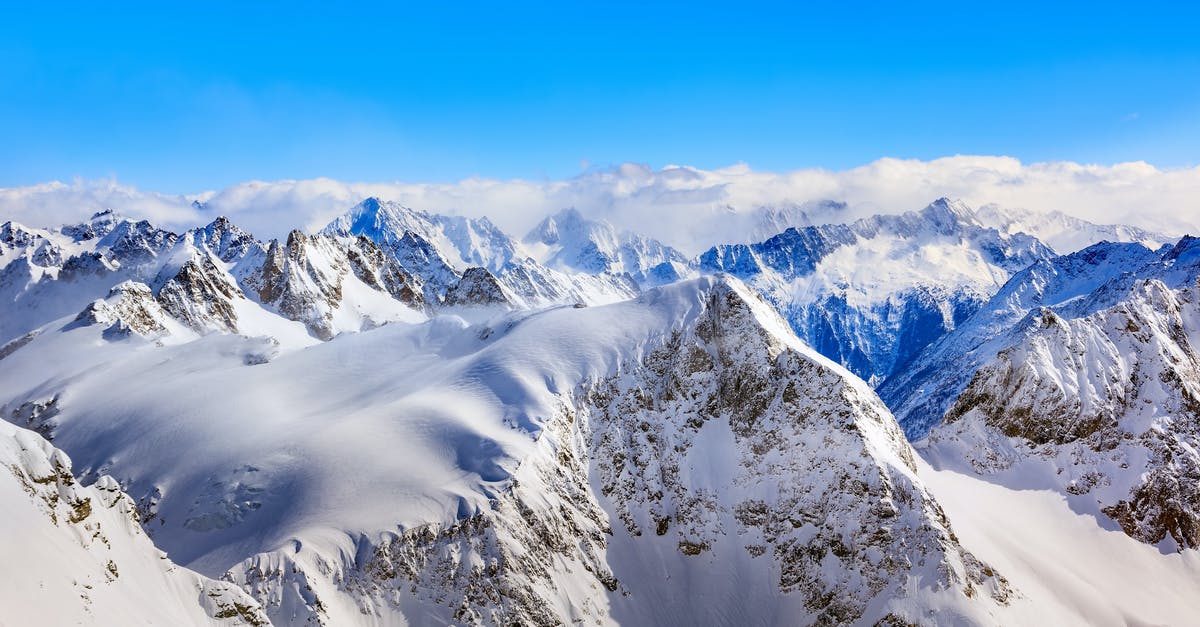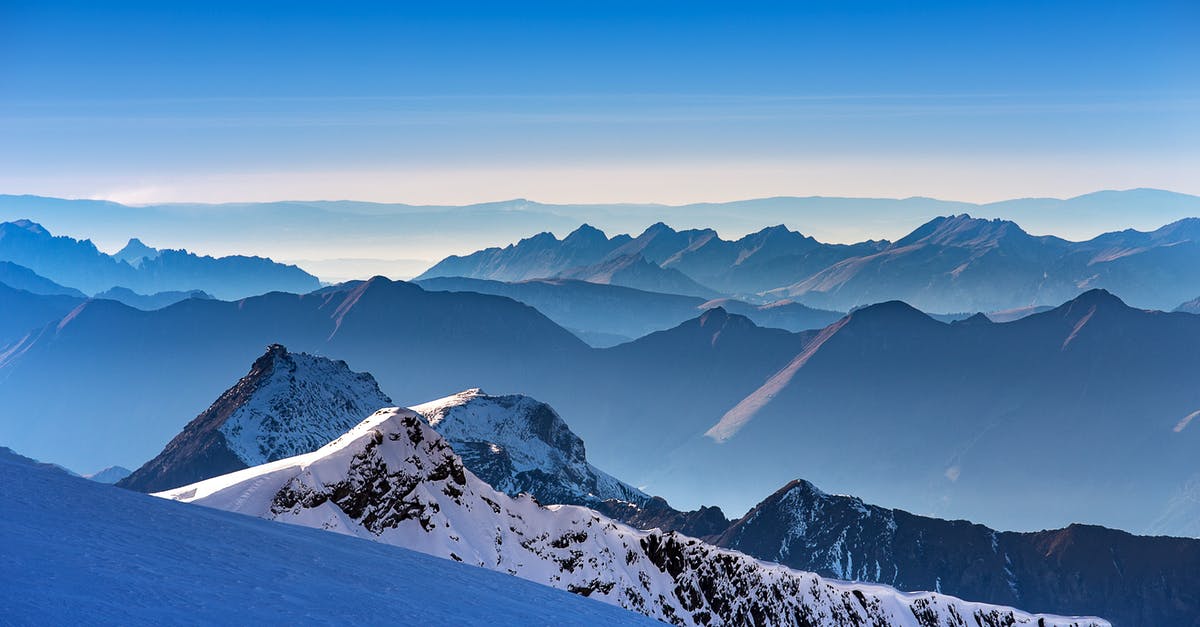On the trail of the Alpine Ibex in Switzerland

I have been watching the National Geographic series, "Europe's Great Wilderness" and have become enthralled by their description of the Alpine Ibex. This magnificent animal appears to defy gravity in its cavorting about the alpine mountainsides.

Attribution info: [By Devil Dancer - Own work, CC BY 3.0, https://commons.wikimedia.org/w/index.php?curid=7046055](By Devil Dancer - Own work, CC BY 3.0, https://commons.wikimedia.org/w/index.php?curid=7046055)
I would love to see these animals in the wild and take some videos to prove I did it. There are commercial treks into the Swiss highlands for this purpose that someone can join, but I currently have have some mobility issues that prevent my signing up for such a tour (the walking tours entail arduous activities and hence are for the hale and hardy; I, on the other hand, had to get some strapping lads, mosque attendants to be exact, to carry me to the top of the grand mosque in Samarkand last month). Owing to the altitude the need for immediate access to medical appliances in my car obviate the possibilities for public transportation. So I'll have to use my car to get as close as possible and leg it from there. I should be good for about 200 yards.
I have researched the routes taken by these tours and have learned that many of them approach or encircle the Lac de Louvie. This mountain lake is fairly near the Euro E62 and the satellite view appears to show a path or sunken road leading there, but it's too indistinct to tell for sure. The lake itself is directly zoomable by name in Google Maps, the routing from the village of Riddes says there's 58 minutes of walking time involved (which is not feasible in my case given the altitude).
Question: how close to the shore of Lac de Louvie can a private car lawfully and reasonably approach given that it's a standard urban passenger car? We should assume that the time of year for this is high summer.
Secondary: I would love to go there in December and see the males lock horns during their courtship displays. So if there actually is a way in, is the road maintained during the winter?
Best Answer
If you were reasonably mobile (on foot) I would recommend the Bordier Hut at the Ried Glacier: http://bordierhuette.ch/ Ibexes get as close as a few feet to the hut each evening. They are basically at arms reach. I once even saw a female with her young there: https://www.flickr.com/photos/fotoniggi/28928387366/in/album-72157671483723432/ (taken by me in August 2016)
Pictures about "On the trail of the Alpine Ibex in Switzerland"



Where can I see ibex in Switzerland?
Val Languard, above Pontresina, is home to the largest colony of wild mountain goats in Switzerland, with around 1,800 animals. In the spring, the ibex even venture down to the village, where you can marvel at them first-hand.How many ibex are there in Switzerland?
Switzerland is home to around 17,000 ibex, a figure that is all the more surprising considering how in Graub\xfcnden \u2013 the canton whose coat-of-arms bears an ibex \u2013 they became extinct during the 19th century due to hunting. The ibex was reintroduced in the National Park between 1920 and 1934.Do mountain goats live in Switzerland?
Once extinct in Switzerland, the unique mountain goat referred to as the Alpine ibex was reintroduced from Italy at the beginning of the 20th century. They are now found in abundance throughout the Swiss Alps, preferring rocky habitats far away from any predators.Hiking in Switzerland | Gemmenalphorn via Niederhorn with Ibex | Swiss Alps Canton Bern | 2020 (4K)
More answers regarding on the trail of the Alpine Ibex in Switzerland
Answer 2
If you cannot walk, you will not be able to get there; the lac is in the middle of the mountains.
The closest you can get by car would be Verbier, it is a ski town, and get as high as possible with a ski lift (chairlift or cabin) and see if you can walk around a "little bit".
As to seeing the animals, good luck, I imagine that even for experienced trekkers and photographers, it is hard, and you would probably need a long zoom (400mm or better) to get a nice picture of them.
Sources: Stack Exchange - This article follows the attribution requirements of Stack Exchange and is licensed under CC BY-SA 3.0.
Images: Pixabay, Denis Linine, Denis Linine, Tanathip Rattanatum
